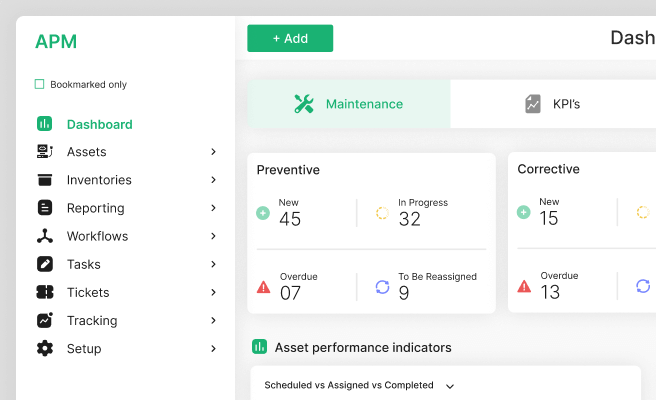Product Lifecycle
<p>The product lifecycle is a crucial concept in product design and marketing, encompassing the stages a product goes through from its inception to its eventual decline. Understanding the product lifecycle helps companies strategize effectively to maximize a product’s market presence and profitability. The primary keyword "product lifecycle" is essential in this discussion.</p>
<p>The historical background of the product lifecycle concept dates back to the 1960s, introduced by marketing theorists to help businesses understand and manage products over time. The lifecycle stages include introduction, growth, maturity, and decline, each with distinct characteristics and challenges.</p>
<h2>Stages of the Product Lifecycle</h2>
<p>The product lifecycle is divided into four main stages:</p>
<h3>Introduction</h3>
<p>In the introduction stage, the product is launched into the market. This phase involves significant marketing efforts to build awareness and attract early adopters. For instance, when Tesla introduced its electric cars, extensive promotional activities and media coverage were crucial to gaining initial market traction.</p>
<h3>Growth</h3>
<p>The growth stage is characterized by rapid market acceptance and increasing sales. Companies focus on improving product features and expanding distribution channels. For example, the adoption of smartphones saw exponential growth, with companies like Apple and Samsung continually enhancing their products to capture market share.</p>
<h3>Maturity</h3>
<p>During the maturity stage, sales growth stabilizes as the market becomes saturated. Competitive pressures increase, leading to price adjustments and differentiation strategies. An example is the beverage industry, where brands like Coca-Cola and Pepsi employ continuous marketing campaigns and product variations to maintain market position.</p>
<h3>Decline</h3>
<p>In the decline stage, sales and profitability diminish due to market saturation, technological advancements, or changing consumer preferences. Companies may discontinue the product, sell it, or attempt revitalization. A notable example is the decline of DVD players with the rise of streaming services like Netflix and Disney+.</p>
<h2>Importance of Product Lifecycle Management</h2>
<p>Effective product lifecycle management (PLM) is essential for sustaining product success and adapting to market dynamics. PLM involves strategies and tools to oversee the entire lifecycle, ensuring optimal resource allocation and timely decision-making.</p>
<h3>Benefits of PLM</h3>
<p>PLM offers numerous benefits, including:</p>
<ul>
<li>Enhanced product quality through continuous improvement and feedback</li>
<li>Reduced time-to-market by streamlining development processes</li>
<li>Cost savings through efficient resource management and waste reduction</li>
<li>Increased innovation by fostering collaboration and knowledge sharing</li>
</ul>
<p>For instance, companies like Siemens and IBM utilize PLM software to integrate product data, improve collaboration, and accelerate innovation. More information on PLM tools can be found on <a href="https://www.ibm.com/products/product-lifecycle-management" style="color: #2896FF; text-decoration: underline;">IBM’s official page</a>.</p>
<h2>Challenges in Managing the Product Lifecycle</h2>
<p>Despite its benefits, managing the product lifecycle presents challenges, such as:</p>
<p><strong>Market Uncertainty:</strong> Rapid technological advancements and shifting consumer preferences can disrupt lifecycle stages, necessitating agility and adaptability.</p>
<p><strong>Resource Constraints:</strong> Limited financial and human resources can hinder lifecycle management, especially for startups and small businesses.</p>
<p><strong>Data Integration:</strong> Integrating data across various lifecycle stages and departments can be complex, requiring robust PLM systems.</p>
<h2>Case Study: Climate Tech Industry</h2>
<p>In the climate tech sector, product lifecycle management is pivotal for developing sustainable solutions. For example, a company specializing in carbon capture technology must navigate each lifecycle stage strategically to achieve market success and environmental impact. During the introduction phase, securing funding and regulatory approvals is critical. In the growth stage, expanding collaborations with industries and governments enhances adoption. As the market matures, continuous innovation and cost reduction become priorities to sustain competitiveness.</p>
<p>For more insights on the climate tech industry's product lifecycle management, visit <a href="https://www.climatetechvc.org/" style="color: #2896FF; text-decoration: underline;">Climate Tech VC</a>.</p>
<h2>Conclusion</h2>
<p>Understanding the product lifecycle is essential for businesses to manage their products effectively and adapt to market changes. By leveraging product lifecycle management strategies and tools, companies can enhance product quality, reduce time-to-market, and drive innovation. For further reading on improving your product lifecycle management, consider exploring resources from industry leaders like <a href="https://www.siemens.com/global/en/home/products/software/product-lifecycle-management.html" style="color: #2896FF; text-decoration: underline;">Siemens</a> and <a href="https://www.ibm.com/products/product-lifecycle-management" style="color: #2896FF; text-decoration: underline;">IBM</a>.</p> <p>To understand the power of design across industries and sectors, view our diverse portfolio of works. <a href="https://www.whatifdesign.co/work" style="color:#2896FF; text-decoration:underline;">View our portfolio</a>.</p> <p>Increase user engagement that converts your demos into sales. Optimise your UX strategies with our audits.
<p>Fill out the <a href="https://tally.so/r/n97pxQ" style="color:#2896FF; text-decoration:underline;">UX Audit form</a> to get started. Ready to discuss your needs? <a href="https://cal.com/akhilak/what-if-design?duration=25" style="color:#2896FF; text-decoration:underline;">Book a consultation call</a> with us today.</p></p>

Let's scale your impact with great design.
Free consultation, no sales pitch
Thank you! Your submission has been received!
Oops! Something went wrong while submitting the form.
Let’s talk
Nothing great is built alone.
Let’s connect about your vision, our work and how we can collaborate.
Get in touch

